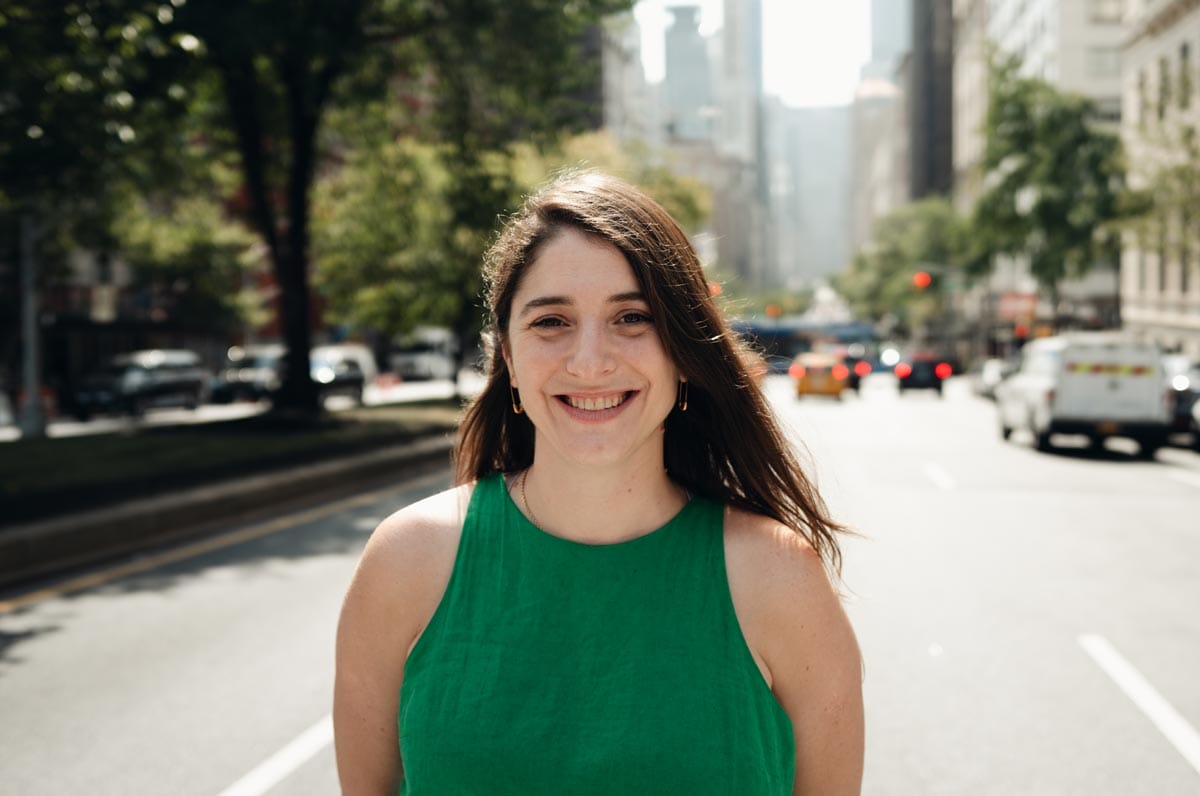
As an art historian and curator, Aimé Iglesias Lukin focuses on bridging the scholarly and the experimental. Her projects are built on the intention to open a space to present the diversity and richness of identities for audiences to immerse themselves in, feel represented by, and learn from.
“Images have the capacity to pose ideas that are beyond the limitations of words. We as curators must present art objects in a way that unlocks their potential to incite new questions.”
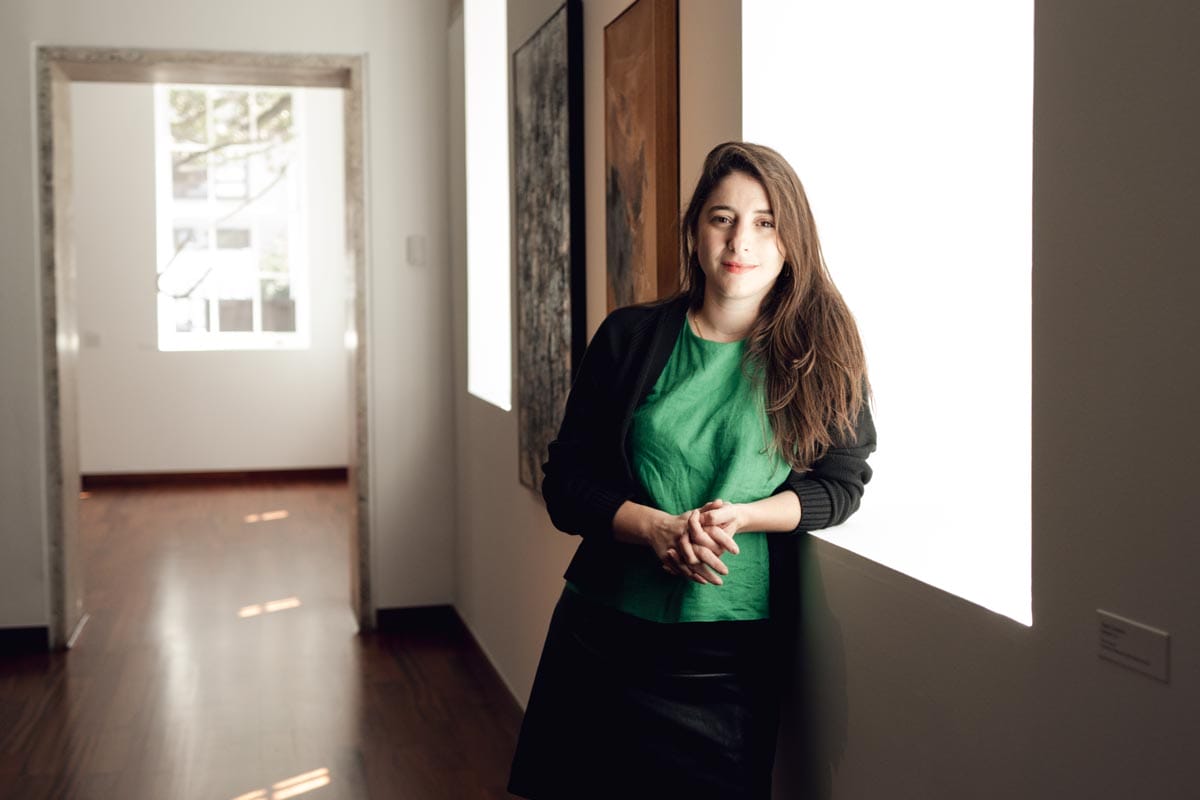
For her leadership on the art of the Americas, and her focused initiatives to achieve recognition for historically underrepresented Latin and women artists, Iglesias Lukin is the recipient of a 2025 Vilcek Prize for Creative Promise in Curatorial Work.
A Lifelong Passion for Art and Museums
Aimé Iglesias Lukin decided she wanted to become an art historian when she was just 14 years old. Lukin was on her very first trip outside of Argentina, visiting the Art Institute of Chicago, when she had a “eureka moment.”
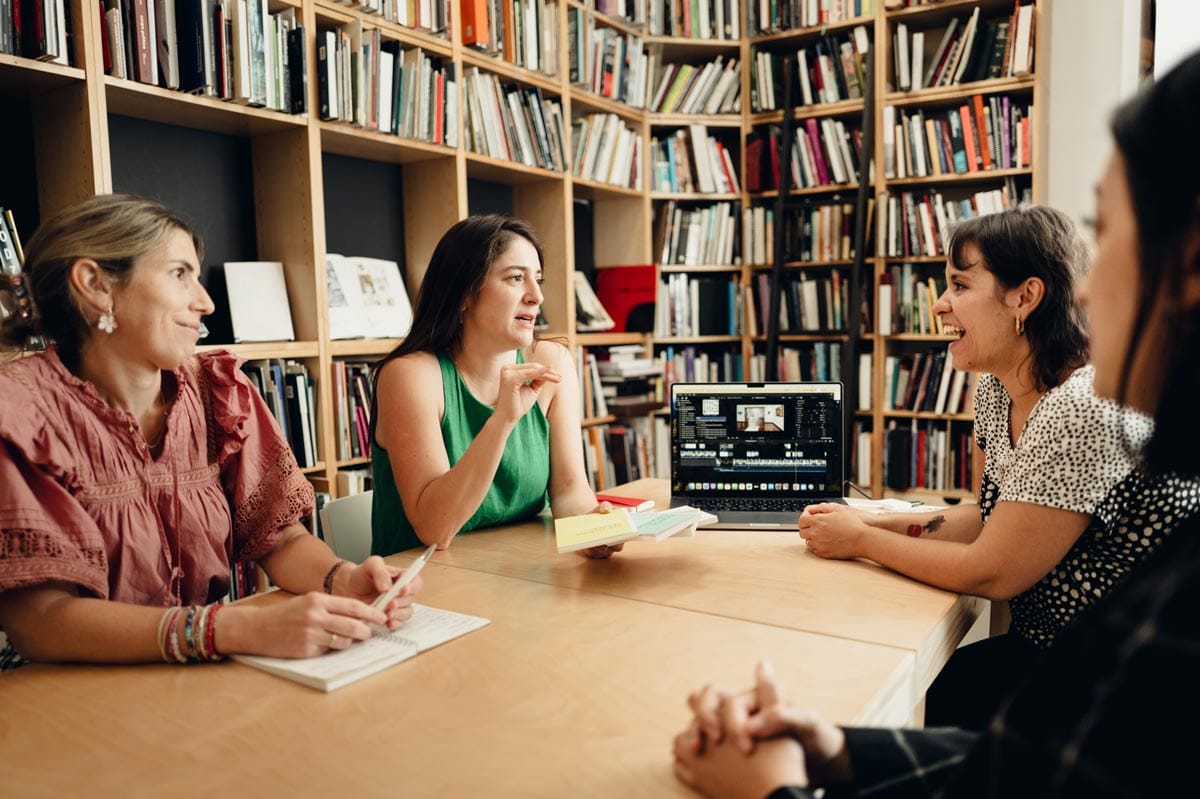
Viewing Claude Monet’s impressionist masterpiece Stack of Wheat, she instantly remembered a school assignment she had written two years earlier largely based on materials found in an encyclopedia in her local library. Seeing the impressionist brushstroke connected it all. She walked out of the building and told her family she wanted to work in a museum when she grew up.
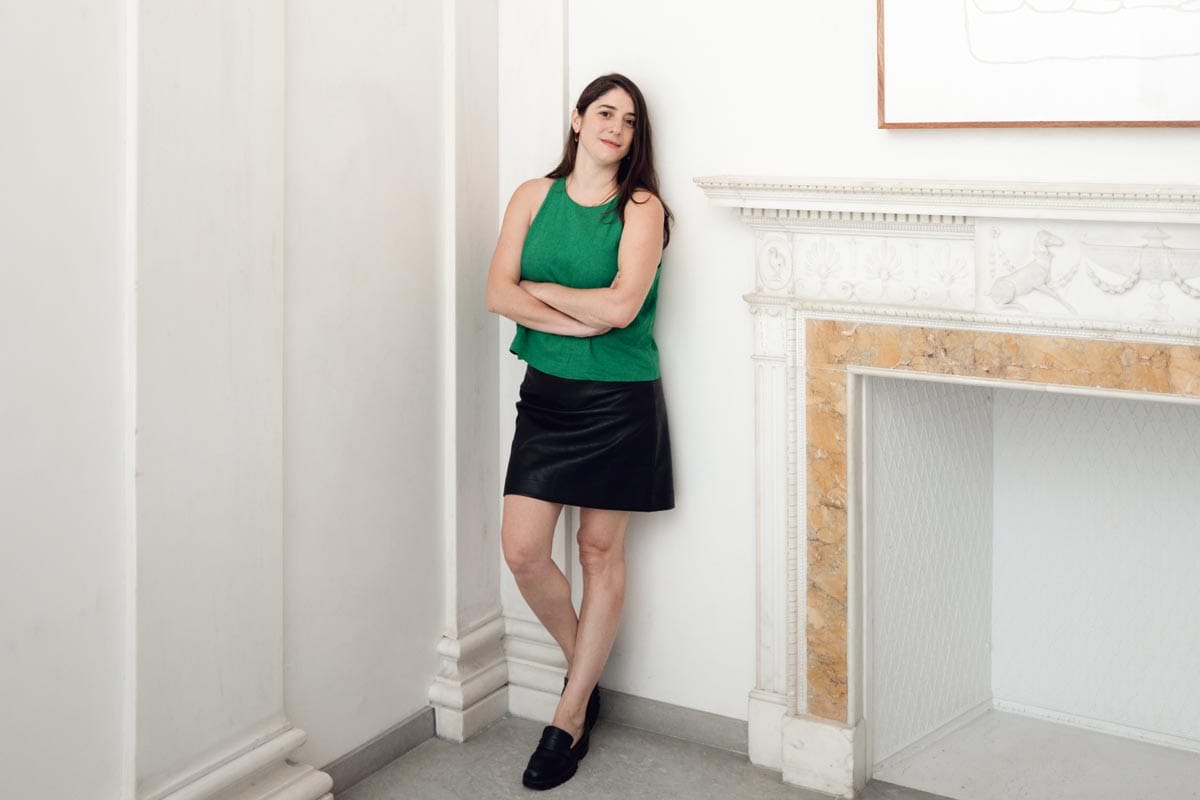
After earning her bachelor’s degree at the University of Buenos Aires, she made the decision to pursue further education in the United States. The lack of a fellowship or a student visa delayed her immigration process, but she was able to obtain a work permit and begin her studies in New York in 2013. She went on to earn her Master’s in Art History and Archaeology at the Institute of Fine Arts at New York University and her PhD at Rutgers University.
Drawing connections: Past, present, and futures
As the director and chief curator of art at the Americas Society, Lukin aims to build projects that construct visual narratives of past and present culture, and prompt dialogue and community connections.
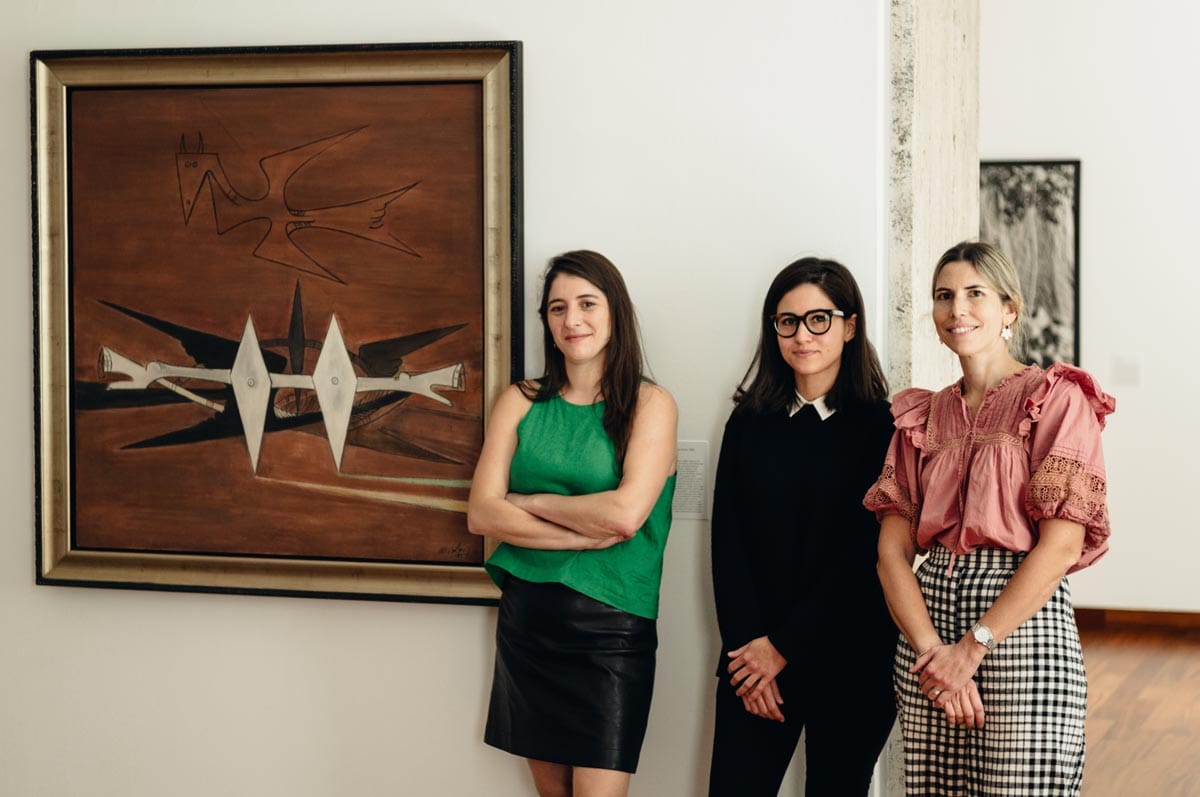
Her first major exhibition for the Americas Society, This Must Be the Place: Latin American Artists in New York 1965-1975, was held in 2021-2022 and was accompanied by a monograph. The exhibition brought together a broad array of experimental work and archival materials by artists whose work arrived at a pivotal point for reckoning with race and gender in contemporary art, and whose experiments in media expanded ideas of American art turning New York into a global art center.
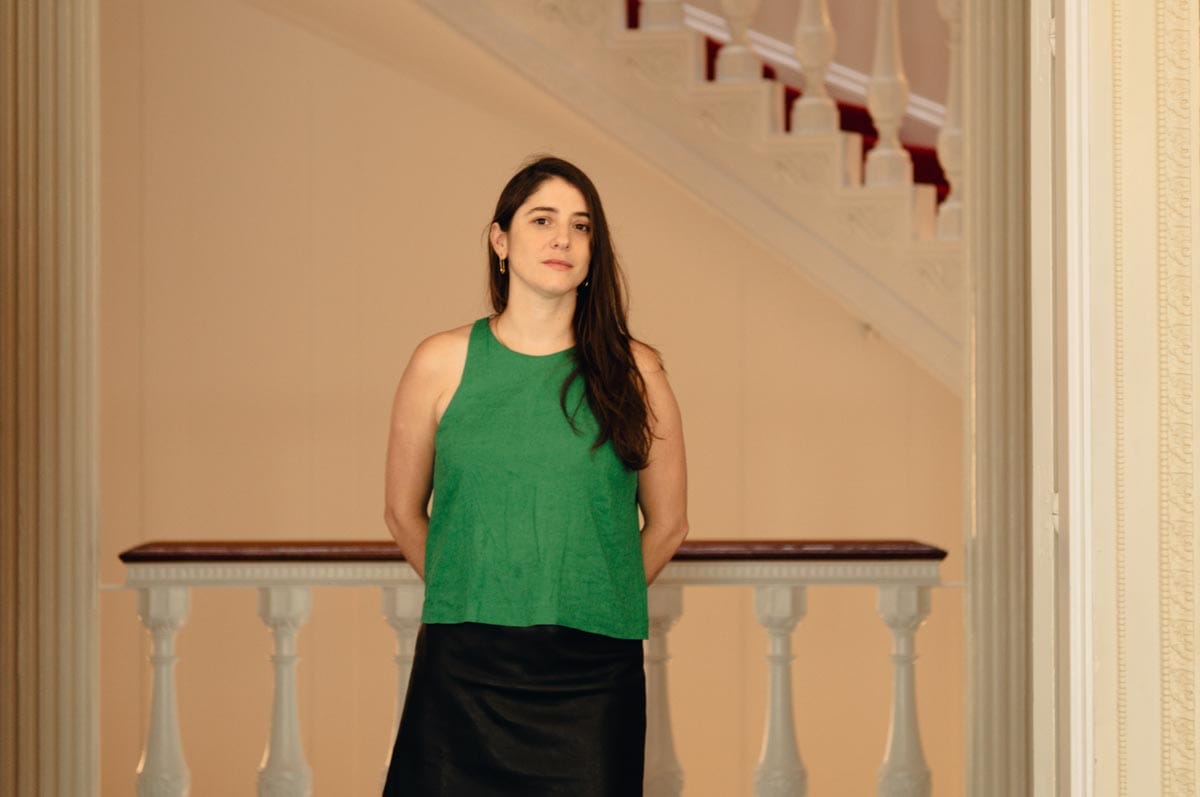
Subsequent exhibitions included the first U.S. solo show of Brazilian artist Bispo Do Rosario, which drew attention to outsider art in a global context, race, and institutionalization, and El Dorado: Myths of Gold, developed in partnership with the Fundación Proa in Argentina and the Museo Amparo in Mexico.
“Being a migrant curator gives me a particular adaptability and a more relational sense of self, with an enhanced valuation of creating and caring for community at the lack of traditional family nearby,” says Lukin. “My attempts at my work to create horizontality and more space at the level of curatorial work, inclusion of more diverse artists, and to bring in new and broader audiences, is a result of that need to create community and more open views of identity.”
Related News
Vilcek Foundation Awards $250,000 in Prizes to Immigrant Curators

Oluremi C. Onabanjo: Expanding the Horizons of Photographic Histories
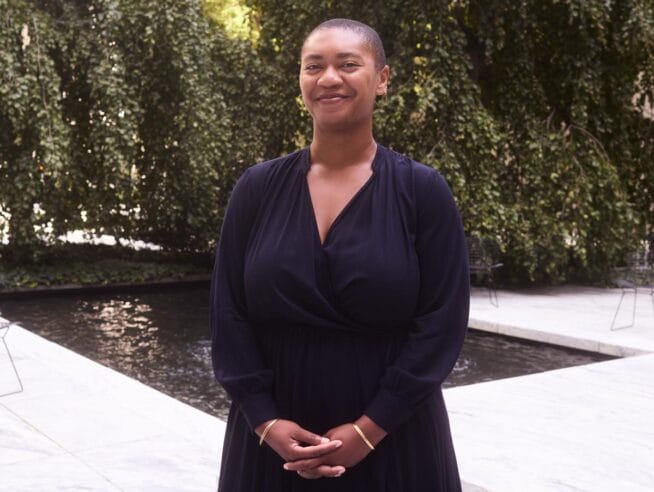
Pioneering Change: Bernardo Mosqueira’s Visionary Curatorial Practice

You may also be interested in
Aimé Iglesias Lukin

The Center for Curatorial Leadership

Asia Art Archive in America
